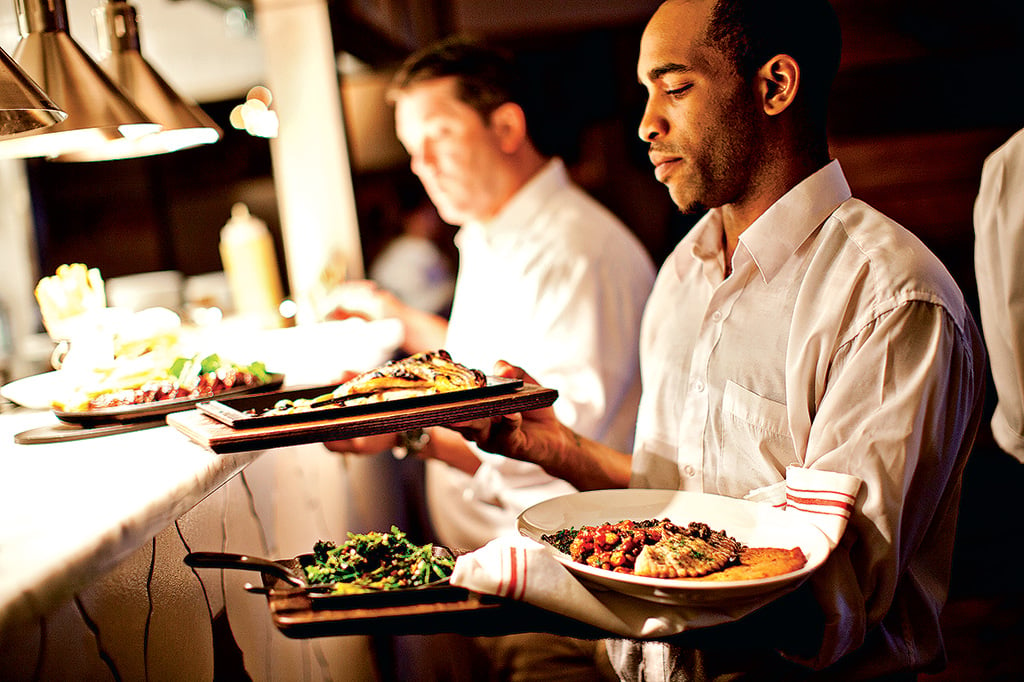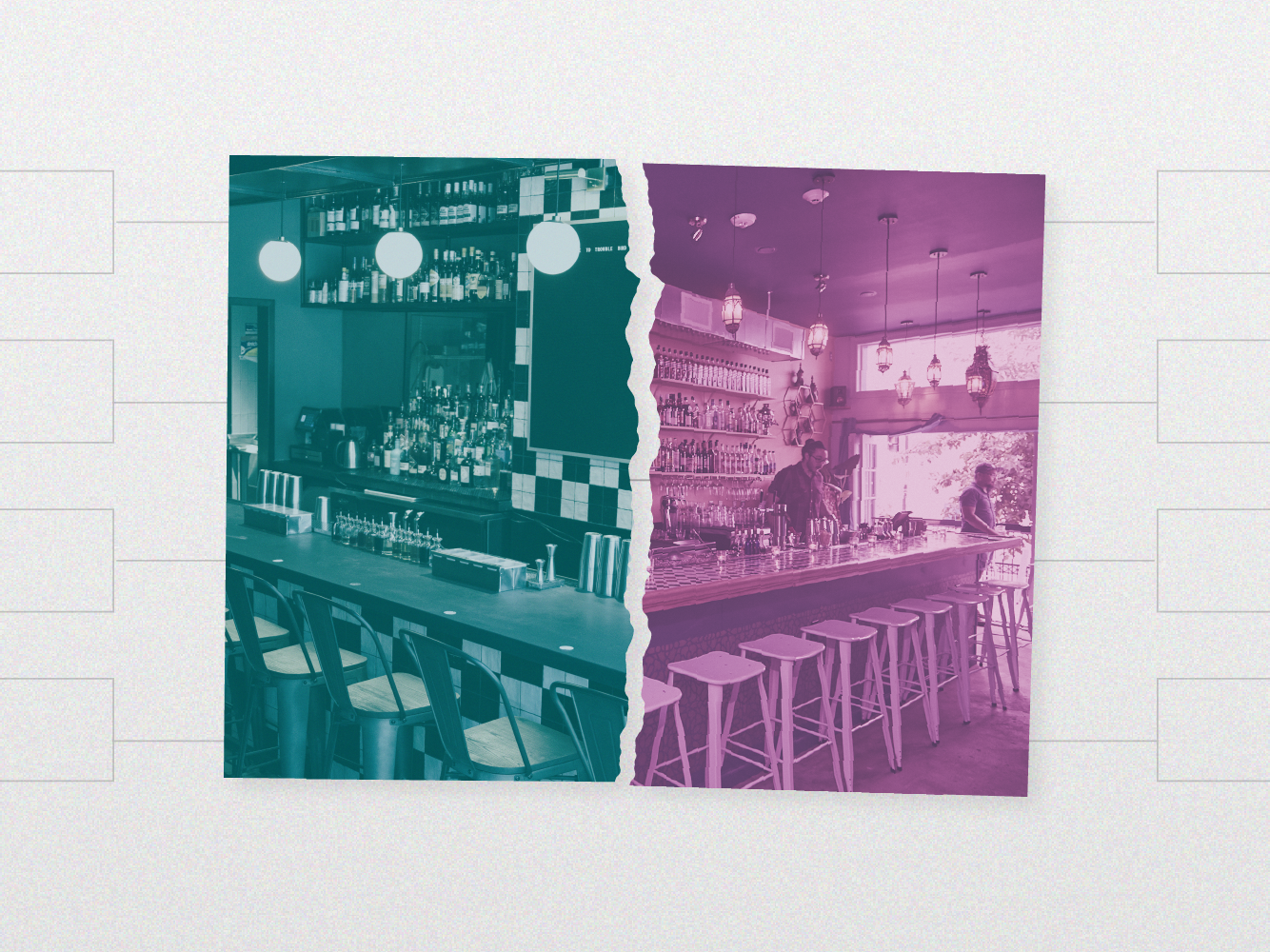A food runner calls out last-minute for a busy Saturday night. That might seem like small potatoes to anyone who hasn’t worked in the restaurant industry, but it’s the kind of situation that can throw service—and your dining experience—into disarray. These are the kinds of problems that Snag Work is designed to solve. An Arlington-based branch of the Richmond company launched in DC two months ago with a model that’s like Uber for restaurant hiring, providing on-demand, front-and-back of house staff to employers in need.
The web-based platform, which is expanding to the Washington suburbs soon, currently fills nearly 2,000 shifts per month at 130 restaurants and bars, ranging from fast food chains like Five Guys to more upscale hospitality operations like Neighborhood Restaurant Group (ChurchKey, BlueJacket).
The process is designed to be speedy. Job-seekers fill out an online application and are vetted through an interview with Snag’s team of former restaurant managers and other industry vets. They’re then eligible to be matched with shifts based on their availability and qualifications—a process that Snag reports takes an average of five minutes, and typically less than 24 hours. After the shift is complete, workers are paid within 48 hours. The two entities also rate each other based on the experience and performance, which helps drive matches in the future.
Similar to Uber, there’s surge pricing of sorts. Snag’s baseline pay is the minimum wage in any given area, though prices can fluctuate based on supply and demand. A mixologist, like the black cars of the Snag world, may demand more than a busser, while a restaurant in an emergency situation can offer more to fill shifts last-minute. Prices can also vary during “surge” times like Restaurant Week or holidays. Though Snag workers can end up being more expensive on average for a business—especially after the company charges a small percentage fee—it’s worth the extra cost to some.
“It’s been a lifesaver at Bluejacket, especially in baseball season, because there’s always something going on and somebody not making it in,” says Erik Bergman, Director of Operations for Neighborhood Restaurant Group. He also uses Snag workers at sister spots like the Partisan and Sovereign to fill positions that are “the nuts and bolts of the operation”—bussers, food runners, dishwashers, and silverware polishers.
“It’s unheralded work, but it’s like water or clean silverware on the table,” says Bergman. “You don’t think about it until you don’t have it.”
Bergman hasn’t hired Snag staff to fill more skilled positions like servers or line cooks, because the training for those positions are complex, multi-day processes at NRG (by comparison, Snag staff get a 20-ish minute briefing). Still, he says it’s been an effective, if short-term solution to the shortage of restaurant workers in Washington’s booming market. Whereas NRG’s full- and part-time employment ads on job finding sites like Poached or Culinary Agent sometimes go unanswered, Snag shifts are often grabbed within hours. Gigs can also become more permanent. Restaurants often rehire the same Snag worker over and over again, and may bring them on the payroll if the opportunity arises.
Viyas Sundaram, Snag’s chief revenue officer, envisions a new kind of labor force for the restaurant industry where a large, flexible pool of hourly workers fill on-demand positions like Tetris pieces. He sees an increasing number of professionals, from media freelancers to students and parents, who view a series of part-time jobs as a full-time occupation in the gig economy.
“It’s a lifestyle choice,” says Sundaram. “We initially thought of the product as people looking to supplement their income. But now you have a generation who want to call their lives—their food when they want it, their job when they want it.”
















